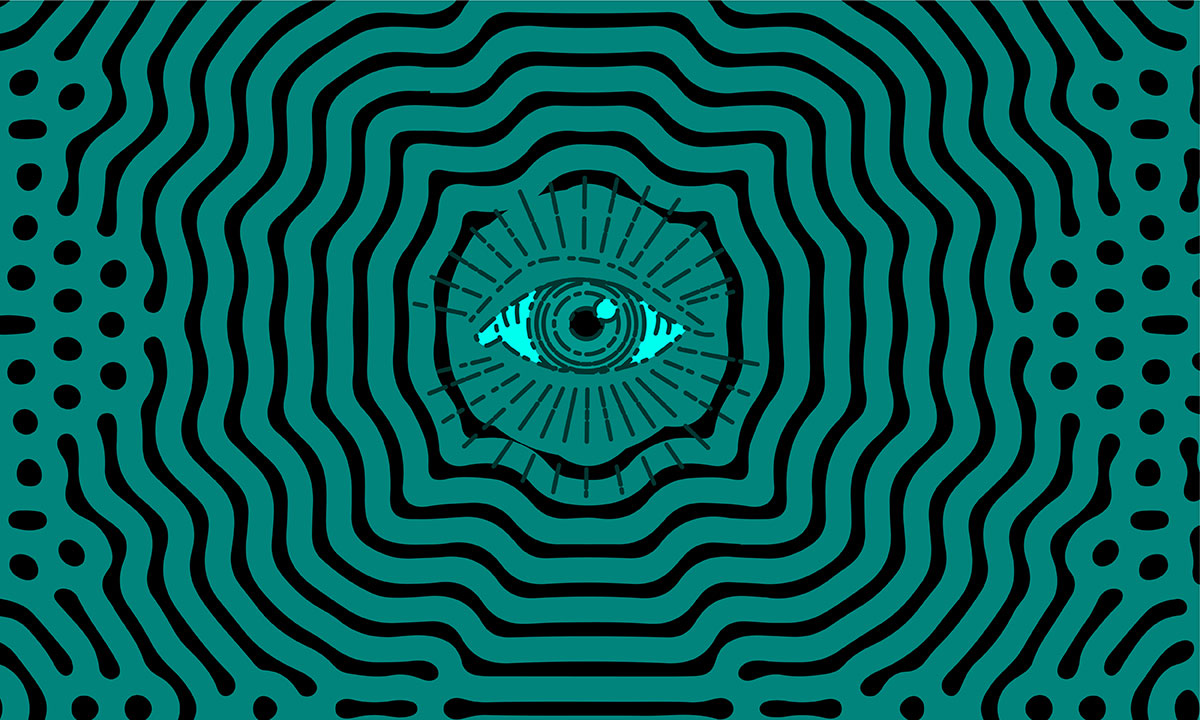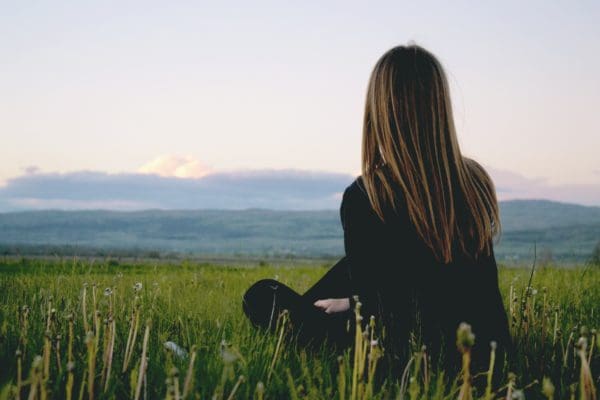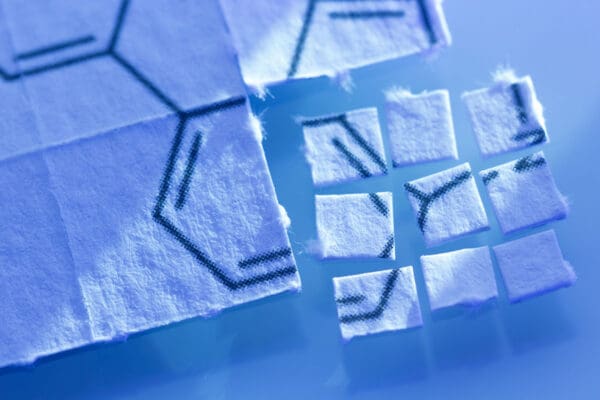Medical Editor: Dr. David Cox, PhD, ABPP
Following the highly restrictive policies of the Controlled Substances Act that made psychedelics Schedule I drugs in 1970, lysergic acid diethylamide (LSD) and psilocybin (magic mushrooms or shrooms) have gone through waves of popularity.
While LSD and psilocybin have been the most well-known and widely embraced psychedelics (albeit underground) since the 1960s, there has certainly been a trend of greater public acceptance as misinformation is dissipated through continued research findings and with the growing public interest in alternative medicines.
If the realm of psychedelics is new territory, it may be helpful to know more about the difference between LSD and psilocybin as they become more relevant in research and popular culture.
Curious about what LSD and psilocybin are, how they’re consumed, and their characteristic effects? We’ll answer all these questions and more in terms of how these classical psychedelics are similar and different.
Differences between LSD and psilocybin
How they’re produced:
Magic mushrooms grow organically in nature and contain a psychoactive chemical compound called psilocybin. They are also often cultivated from spores (the reproductive mechanism of mushrooms) in labs and by enthusiasts who enjoy the intricate process of growing as a hobby.
Some people harvest psilocybin mushrooms in the wild, but it is not recommended for anyone without a high level of expertise to do so. There are thousands of known types of mushrooms with potentially thousands more undiscovered species, and many poisonous or deadly varieties can closely resemble their benign cousins.
LSD (lysergic acid diethylamide) is a semi-synthetic substance, meaning it is made from both natural and man-made materials. The organic component is called ergotamine tartrate, derived from the ergot fungus which is parasitic to rye plants. It is used to make lysergic acid. Heat and man-made chemicals are applied to the lysergic acid, and a series of chemical reactions create the LSD crystal that is dissolved and applied to the intake vessel.
While the process may sound straightforward, the synthesis of LSD is a delicate and complex process requiring a high level of expertise and skill as well as a top-notch lab setup. The materials required to synthesize LSD are heavily controlled, difficult to obtain without a license, with detailed reporting regarding its use required making underground production of LSD a rare operation.
How you take them:
LSD is a liquid consumed orally from a bottle and dropper or applied to a vessel like a sugar cube or blotting paper. Effects may occur topically as well.
Psilocybin mushrooms can be consumed by eating stems or caps, grinding it into a powder form to take as a capsule or pill, or brewed to make a tea.
How they work:
LSD and psilocybin work in the brain by stimulating the neurotransmission of serotonin, which acts as a messenger that facilitates communication between cells. Stimulation of serotonin 5-HT2A receptors is thought to be the significant source of psychedelic effects in these substances.
Binding the serotonin receptors 5-HT2A and 5-HT2B, LSD appears to deactivate one major pathway for sending signals between cells but not the other, which may help explain the temporary changes in brain functionality that enable spiritual, emotional and hallucinogenic effects. It is speculated that LSD also interacts with receptors for dopamine, another neurotransmitter, in addition to possibly modifying its transmission. The theorized influence of LSD on the dopaminergic system could explain the energetic and increased social tendencies that differentiate it from psilocybin.
Meanwhile, the influence of psilocybin and its high binding affinity to 5-HT2A serotonin receptors in the prefrontal cortex might explain the stronger visual effects associated with psilocybin, as well as the more peaceful, introspective, and introverted social effects that contrast those most commonly observed in LSD.
Similarities of LSD and psilocybin
Common effects
LSD and psilocybin are both psychedelics, a term with Greek roots that means mind-manifesting. As hallucinogens, they produce some of the same types of effects like visions and illusions, changes in mood, thoughts, and emotions, and distorted perceptions of time or environment. Altered or enhanced sensory input includes visual effects like moving patterns and vivid displays of color. Auditory hallucinations are less common but can manifest in subtle ways such as soft background music or murmuring.
It is common for both LSD and psilocybin to evoke deeply spiritual experiences, sometimes involving visions and encounters with the otherworldly or divine. A person may have a meaningful epiphany, make peace with sources of pain from the past, learn more about their inner self and desires, or let go of negative patterns of thought that hinder their path forward.
An experience with either LSD or psilocybin has the potential to be psychologically challenging. Sometimes, the mind-manifesting nature of these substances resurrects unpleasant memories, and unexpected recollection of trauma or visual and sensory hallucinations can be disturbing or confusing.
The best way to avoid a bad trip is to mentally prepare before a psychedelic experience, set a clear and positive intention, choose a supportive and safe environment, and refrain from a psychedelic journey entirely if you are upset, angry, or have a negative mindset. Having an experienced guide or professional therapist present is also advisable.
Common trends
The most recent uptrend of psychedelic use has been notably significant in LSD and psilocybin, the two most common and popular psychedelic substances in the United States. The number of LSD users increased by 50 percent between 2015 and 2018, while psilocybin has been decriminalized in certain cities in addition to being legalized for therapeutic use by a majority vote on the 2020 election ballot in the state of Oregon.
Common culture
Particularly in the 1960s and 70s, psychedelic art was openly inspired by the effects of both LSD and psilocybin as evidenced by the use of bright colors, distorted shapes, and depictions of otherworldly creatures or beings. These substances also inspired a great deal of popular music that emerged during the era; psychedelic art flourished on album covers and concert posters for some of the most iconic artists at the time, such as The Grateful Dead.
Common history
Underground use of LSD and psilocybin endured despite their placement among the most highly regulated illicit drugs (Schedule I) under the Controlled Substances Act, which made them illegal to produce, obtain, or sell for personal and recreational purposes. This was later revealed to be a politically motivated attempt to help Nixon’s reelection campaign by increasing opportunities to target and incarcerate Black voters, as well as counterculture activists who were anti-war and opposed his policies.
Common potential
As the stigmas and misinformation about psychedelics have started to wane, there continue to be new research initiatives exploring the use of LSD and psilocybin as therapies for treating certain mental health conditions.
Psilocybin is currently designated by the FDA as a Breakthrough Therapy and is being studied for treatment-resistant depression, which can expedite the path to approval due to an urgent need for new, more effective therapies. Similarly, studies of LSD-assisted psychotherapy are once again emerging as researchers seek to build upon evidence for its efficacy established decades ago, prior to its designation as a Schedule I drug in the 1970s.









